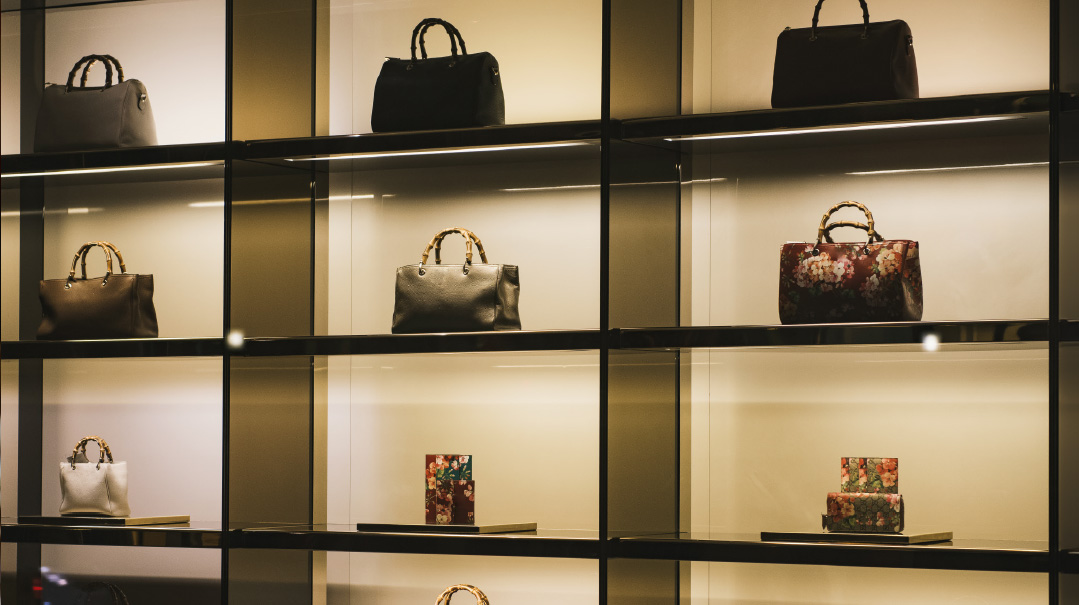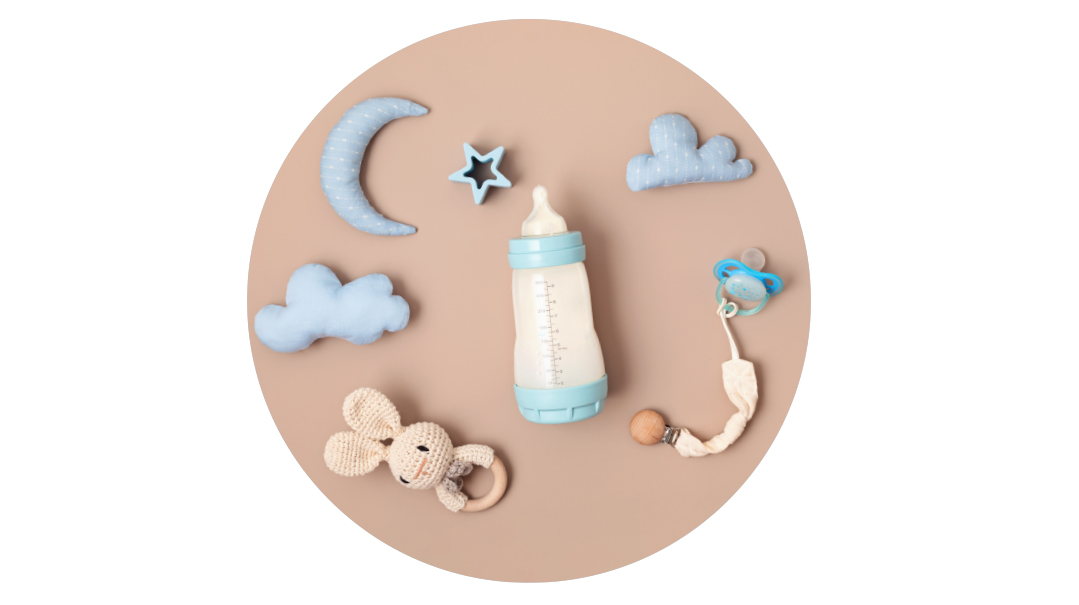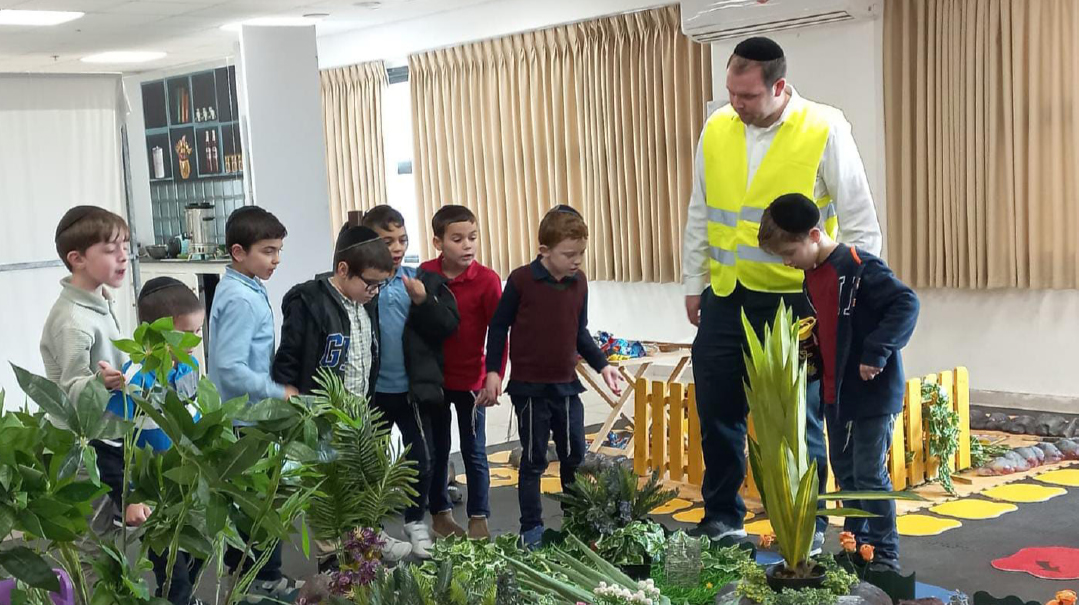Meet Naama Goldberg

Cutting-edge tech meets gedolim portraits
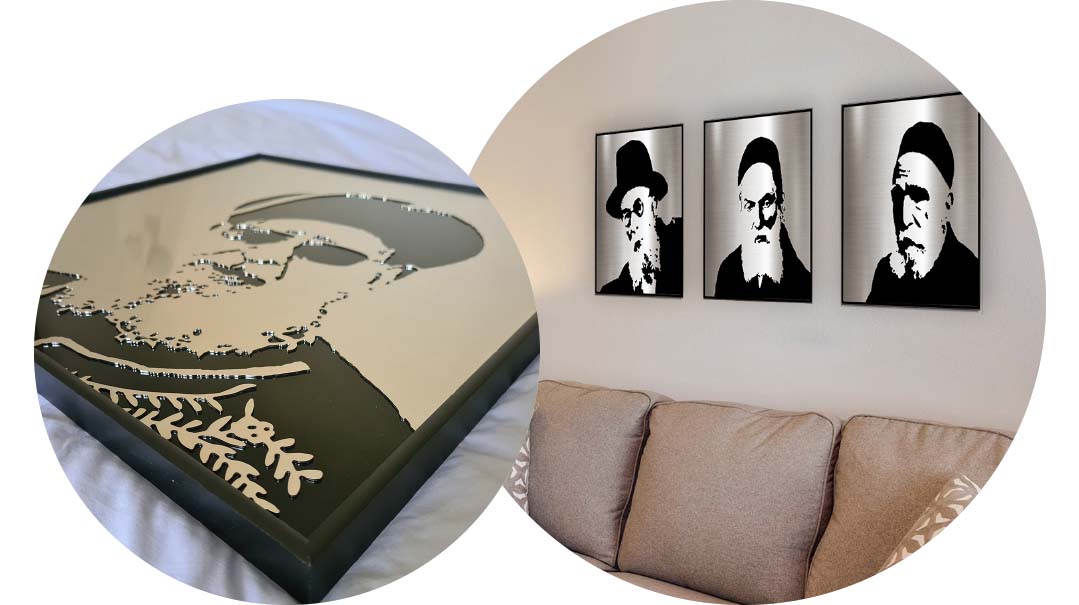
In my traditional Johannesburg home, every surface was a canvas. My mother taught art classes, and all the neighborhood kids would etch their names and doodles on the collaborative artwork that was the surface of our dining room table.
While my sister sculpted and painted comic murals on the walls of the garage, I watched enviously. I’d get my family to make any projects I needed for school. Their artwork always earned me accolades, but I knew I didn’t have that talent myself.
Fortunately, my family also celebrated academic achievement, so I excelled as the mathematician and scientist. I continued that track in Israel, breaking my teeth over my Hebrew-language joint degree in computer science and math.
On a whim one weekend, needing a break from my grueling academic schedule, I took an art class. I was astonished to discover that I actually do possess some artistic talent. It isn’t the freewheeling, creative flow that I’d grown up considering the hallmark of a true artist; in line with my more precise nature, it turned out I have an aptitude for drawing with considerable realism.
My Secret Weapon
The very traits that I always thought made me “not an artist” are a huge asset in this business. My meticulous nature is critical, since the minimalist style and metal medium show mistakes unforgivingly. My organization and management skills help me learn how to run a successful business, work out production, maintain inventory, and build a viable foundation for growth.
This is also my biggest weakness: I get so absorbed in the process, and really enjoying learning everything from the ground up. I could be busy with this all the time, so I have to consciously set boundaries.
The Finishing Touch
After I married and settled in Ramat Beit Shemesh, I worked in a web development agency, building WordPress sites and managing SEO.
My years of artistic exposure came to the fore in the home I lovingly curated. Though our space and means were limited, I carefully selected each piece of furniture and designed our small Israeli apartment to have an expansive, airy feeling.
My home became the hub of our extended family, magically expanding to host sheva brachos, the occasional bris, and even a pidyon haben. I love to cook, can cater large quantities for simchahs, and enjoy decorating tables.
The walls were decorated with my and my siblings’ artwork, but one wall remained stubbornly blank. My husband and I shared a vision of a gallery of gedolim portraits that would bring an atmosphere of ruchniyus to our home. However, I wasn’t happy with any of the offerings I found in the local shops. The traditional aesthetic didn’t speak to me — I wanted something more contemporary and minimalist.
Before Succos, I’d pay special attention to all the decor that was offered for sale — maybe this year something would come out that I’d want to live with?
One Erev Succos, feeling that my succah needed a little something more, I began to play around with a photograph of the Steipler Gaon in Photoshop. I rendered the image and gave it a crisp, modern look.
I handed off the printed result to one of my kids to hang, and jumped into the shower. After I lit candles and entered the succah, I spotted my Steipler image. Hmmm, I thought, maybe there’s something here?
In my artistic family, anything was possible, so my husband and I daydreamed about the possibilities. We discussed all kinds of materials and means of production. One thing that caught my eye was the laser-cut metal pesukim that began to appear in stores. I loved the precision, and began to wonder if there was a way to adapt it to our purposes.
As it happens, my husband is an aeronautical engineer. Making impossible things out of metal is practically his job description. On a family trip to South Africa, he vanished for a little while, and returned with a surprise: a stainless-steel laser cutting of Rav Shach. Apparently, he’d taken one of my working files and emailed it to a laser cutter in Johannesburg. He’d had the machining shop make three different versions, in a variety of finishes.
Excited with his surprise gift, I instantly set to work. What would go behind the metal? Velvet? Canvas? What color? Did it get framed or hung as is? My mother, ever the artist, was the one who found the solution, and a sheet of black acrylic from her workshop proved to be the perfect finishing touch.
My husband and I experimented together for a long time to get all the details just right. I handled the design aspect, while he handled the technical arena. With time, we perfected our technique, and added two more portraits to our wall.
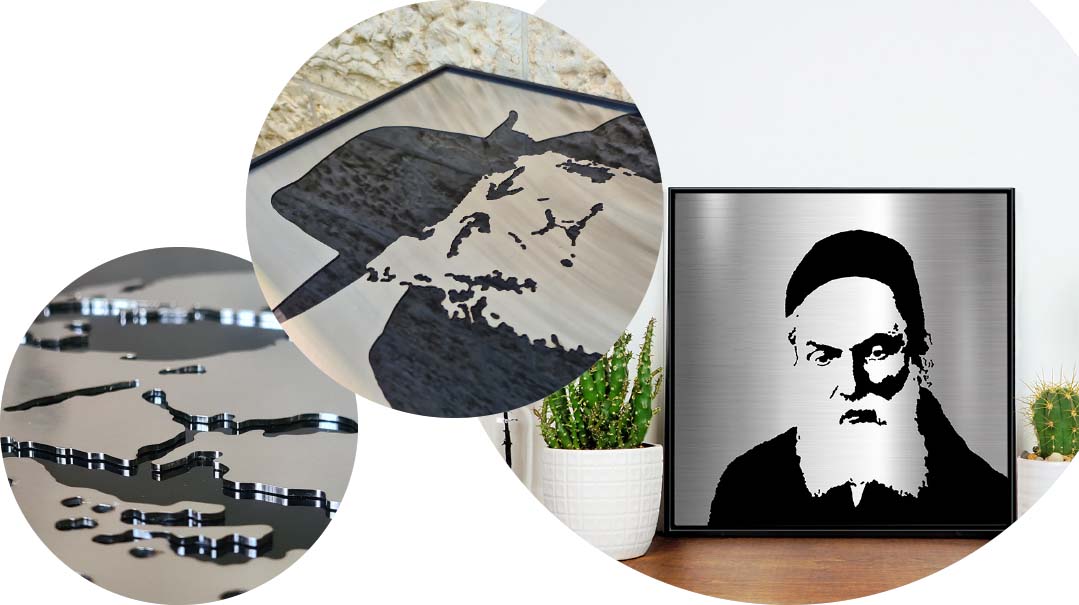
Custom Request
We’re able to create portraits of someone’s grandparents or their personal rav. Even the non-religious public appreciates our beautiful aesthetic. Someone tried commissioning a cut of her husband’s favorite NBA star, Michael Jordan. We’ve also had a request for a customer’s dog. So far, though, we’ve limited our output to gedolei Yisrael.
Going Global
We loved our artwork so much that we wanted to produce and sell them, but the learning curve was huge. Just choosing a photo to work from was tough — even when reduced to the most basic geometric silhouette, it needed to be immediately recognizable, not just an abstract old man.
In addition, coming from South Africa, I knew just one thing — litvishe gedolim — so we needed to educate ourselves on chassidic and Sephardic gedolim. We bought books, spoke to people, and scoured seforim stores for photos. We learned a new lingo; admorim and rebbes and chachamim became part of our lexicon.
If my kids ever shopped in Geula, they were under strict instructions to look for gedolim photos. At the Shabbos table, my husband would read aloud from biographies of gedolim from all different walks of Yiddishkeit, so we could understand our subjects. Baruch Hashem, our children have absorbed our excitement, so this project has filled our home with the spirit of the gedolim in more ways than we could have imagined.
Around the time we were finally convinced we’d worked out the kinks in our production and developed a market-ready product, COVID-19 hit. In the ensuing upheaval, I was let go from the company where I’d worked for six years. It turned out to be the greatest brachah, since it freed me to focus on building our business while serving freelance clients on the side.
We called our company Ben Zion Fine Arts. Ben Zion is a strong name in our family, and its strength reflected the power of stainless steel. And, of course, the subject matter is the pride of the Bnei Tzion. It truly is a labor of love for the entire family. One of my sons excels at spotting mistakes, so he’s our quality-control expert. Others love to help with boxing and assembly.
By now, our art is installed in homes and offices on four continents, and we keep adding new images to our collections.
I’ve found a way to meld my art with my scientific exactitude, and I like to think our pictures do just that in a broader sense, too. My husband can hang a picture of the Steipler in his office in a corporation of over 16,000 mostly secular Israelis and no one bats an eyelash, because it’s presented in a way that looks beautiful and harmonious even to the modern eye. Our art showcases classic Jewish values in a timeless presentation — as Torah values truly are.
(Originally featured in Family First, Issue 775)
Oops! We could not locate your form.

